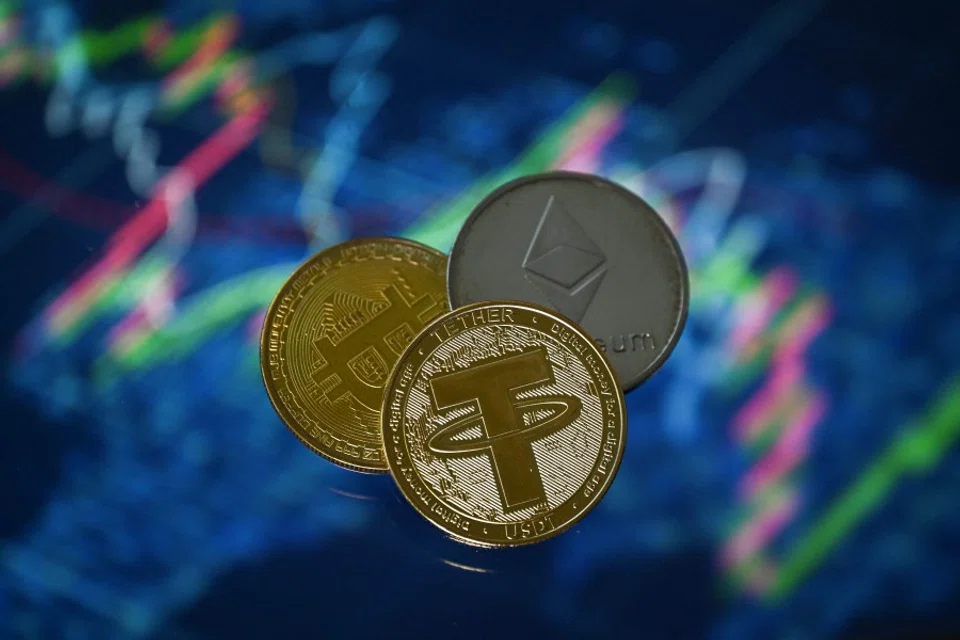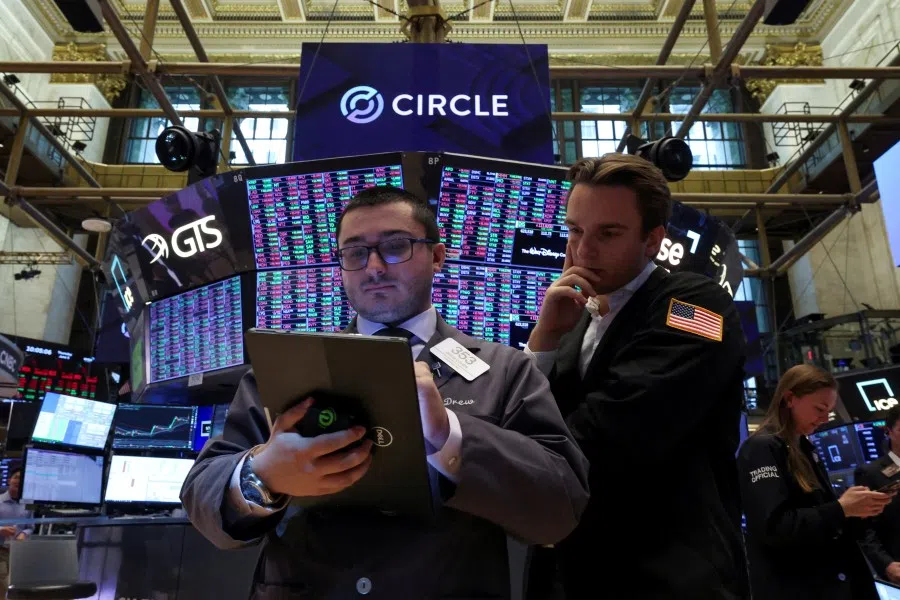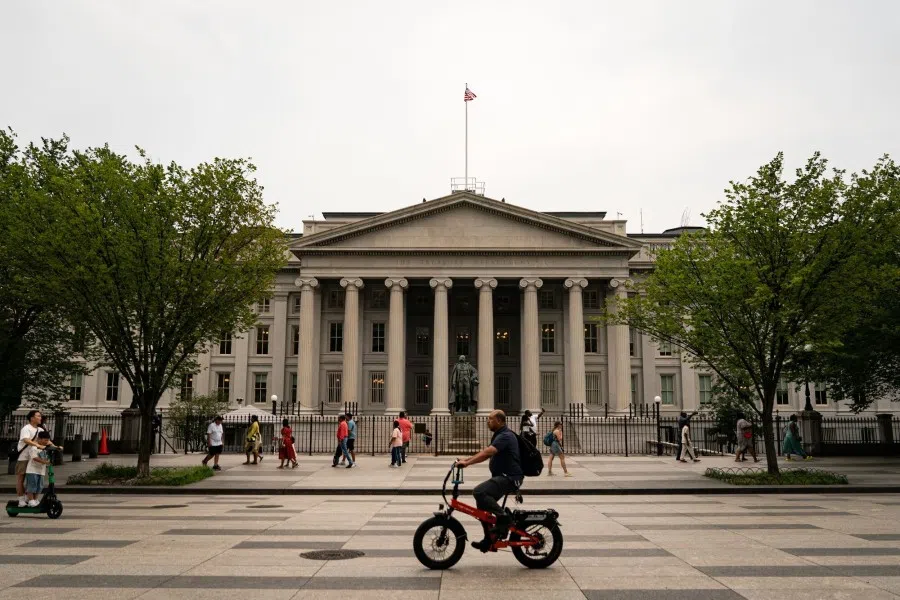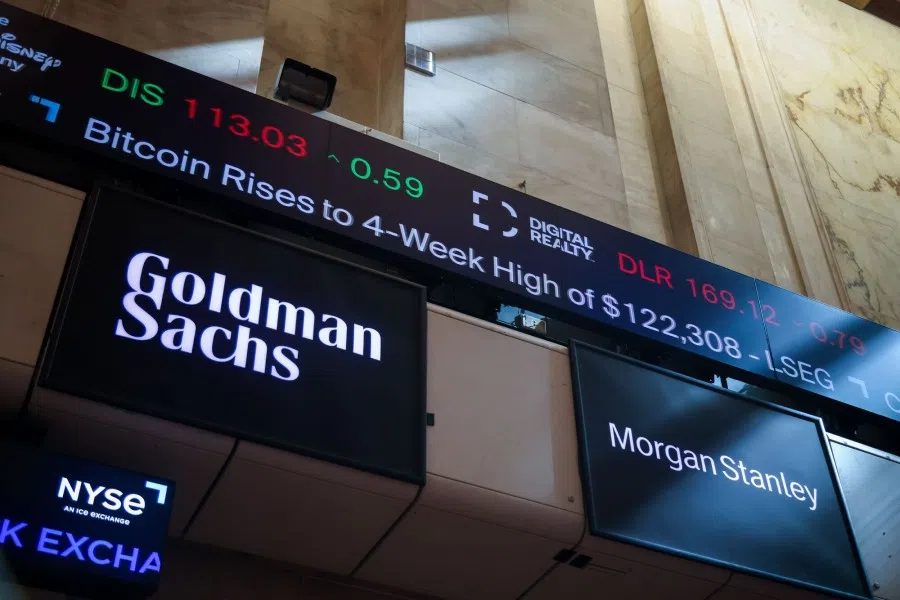How stablecoins could revolutionise the future of money and the dollar
Stablecoins backed by government and private assets could transform global finance, challenging the dollar’s dominance and reshaping how money moves and is trusted worldwide, says Professor Pierpaolo Benigno at the University of Bern.

Stablecoins are under attack almost everywhere. This is surprising, given that we already live in a world where other forms of “stablecoins” dominate transactions — we just don’t call them that. They are bank deposits.
What are stablecoins like Tether and Circle? In essence, nothing more than synthetic dollars: a promise to deliver one “true” dollar, where a true dollar is, and can only be, a liability issued by the central bank. A true dollar — such as a physical banknote — is the perfect store of value: it always maintains its one-dollar value over time.
The central bank can always honour that promise as it can create currency at will. Any other entity in the economy can issue synthetic dollars only if they are fully backed in a way that replicates the properties of central bank currency — namely, preserving their value at one dollar. In this sense, deposits at commercial banks are simply synthetic dollars.
Singleness of money means that a one-dollar claim is always valued at one dollar. Stablecoins, by contrast, trade in markets, and their price can deviate from par — sometimes above, sometimes below.
We already live in a world dominated by synthetic dollars, with true dollars representing only a small share. According to Federal Reserve data, the US monetary base totals about US$5.74 trillion, of which roughly US$2.39 trillion is in cash and the remainder in central bank reserves. By contrast, deposits at commercial banks amount to US$18.32 trillion.

Deposits and stablecoins are therefore similar in that both promise to replicate the value of a “true” dollar. They can serve as a store of value and as a means of payment. But there are important differences — both in how they maintain that promise and in how payments are executed.
Banks vs stablecoins: who’s safer?
A recent report by the Bank for International Settlements on the future of payment systems mounts a strong critique of stablecoins, arguing that they are inferior to bank deposits because they fail to preserve the “singleness of money”.
Singleness of money means that a one-dollar claim is always valued at one dollar. Stablecoins, by contrast, trade in markets, and their price can deviate from par — sometimes above, sometimes below. Pegs have been lost during episodes of cryptocurrency turmoil, and different stablecoins can trade at different prices at the same time, complicating exchanges and undermining payment certainty. To some, these variations recall the discounted banknotes of the US free banking era.
Banks are not immune to poor or opaque backing, as many crises have shown.
Bank deposits today do not have a market price: by convention, a one-dollar deposit at any insured bank is treated as worth one dollar everywhere in the payment system. But this is a legal and institutional convention, not an immutable truth. The bankruptcy of Silicon Valley Bank showed that, absent intervention, some deposits would have been worth less than one dollar on the dollar. In that case, the systemic risk exception was invoked — guaranteeing all deposits, insured and uninsured — to prevent losses and contain contagion.
The key challenge in maintaining these promises — for both stablecoins and banks — lies in the backing of the liabilities they issue. Banks are not immune to poor or opaque backing, as many crises have shown. Their cash and reserves are small relative to their total deposits, reflecting their leverage in creating more profitable but riskier loans. The fragility of traditional banks lies in their dual role: providing liquid deposits while extending credit to the economy.
The GENIUS Act and narrow stablecoins
The recently enacted GENIUS Act in the US Congress — which endorses the potential for innovation in payment systems via synthetic dollars operating on blockchain — represents a clear break from the traditional combination of credit provision and liquidity issuance. It supports a framework resembling narrow banking applied to stablecoins.

In this “narrow stablecoin” model, issuers under US jurisdiction may invest only in short-term, high-quality assets such as cash, demand deposits, Treasury bills with maturities no longer than 93 days, and fully collateralised repo and reverse repo transactions. Unless full cash backing is imposed, this is one of the strongest asset-backing requirements to minimise runs and liquidity crises — vulnerabilities from which traditional banks, again, are not immune.
If successful in shifting payment activity away from the standard banking sector, a narrow stablecoin system could achieve the separation, long advocated by Milton Friedman, between the markets for money and for credit. This would reduce the need for central bank lender-of-last-resort interventions and diminish the risks of financial dominance.
For stablecoins to be safe, Treasury debt must itself be safe.
What backs your stablecoin?
The dominant role of government securities, rather than private short-term assets, in backing such stablecoins carries subtle macroeconomic implications. In the end, what matters when talking about money is what backs what.
If stablecoins are backed by Treasuries, then the ultimate backing of those Treasuries is taxation. A large, developed stablecoin payments market backed entirely by Treasuries is not a free lunch for the government: it will boost demand for Treasuries and may lower short-term yields, but any increase in supply must still rest on sound tax revenues. For stablecoins to be safe, Treasury debt must itself be safe.
There is another, not unrealistic, possibility: that Treasury bills are seen as indistinguishable from true dollar bills — implying that their ultimate backing comes from the Federal Reserve. In that case, stablecoin issuance would in effect be implicitly guaranteed by central bank currency.
From this perspective, a large-scale narrow stablecoin system could prove inflationary, as the Treasury would face fewer constraints on issuance. Far from strengthening the dollar’s role as the dominant international reserve currency, such a development could instead undermine it.

The way out of this possible situation of fiscal dominance lies in backing stablecoin issuance with short-term private assets.
The critical issue for any form of backing is verifiability — ensuring that the market can price stablecoins in line with their true credit and liquidity risk. The GENIUS Act requires monthly reporting and appropriate auditing. But the real innovation would come if stablecoin reserves were stored as smart contracts on blockchain. This would allow instantaneous proof of reserves and their quality, making pricing more transparent and efficient.
If properly designed, such payments can be near-instantaneous and operate 24/7, across borders and outside normal banking hours.
Payments reimagined
The other major difference between deposits and stablecoins lies in how payments are processed. Bank deposits move through the traditional two-tier banking system: payments between customers of the same bank settle instantly on the bank’s books, while payments across banks require settlement through central bank reserves. This process, though robust, can be slow and depends on the smooth functioning of interbank networks and central bank infrastructure.

Stablecoin payments, by contrast, can settle on-chain — directly between wallets — without relying on the central bank or interbank settlement. If properly designed, such payments can be near-instantaneous and operate 24/7, across borders and outside normal banking hours.
Moreover, when payments occur from one stablecoin issuer to another, settlement could happen instantly, with reserves stored on-chain transferred directly from payer’s to payee’s issuer. This would make obsolete the current two-tier system of interbank payments, which requires settlement through central bank reserves.
In such a system, with proof of reserves running on blockchain, the singleness of money — so strongly defended by the Bank for International Settlements (BIS) — would emerge as a market outcome, based on transparent reserve quality, rather than as a legal convention shielded by the opacity of bank balance sheets.
And if the backing of stablecoins comes from sound private securities, or taxation in the case of government securities, we could finally separate the management of the payments system, run by private stablecoin entities, from the management of the unit of account — the true dollar, issued by the Federal Reserve. The latter could then focus squarely on stabilising the purchasing power of money — keeping inflation at target.
As I conclude in my recent book, we could start to envision a monetary system that holds the promise of consigning currency manipulation to the pages of history.




![[Big read] China’s 10 trillion RMB debt clean-up falls short](https://cassette.sphdigital.com.sg/image/thinkchina/d08cfc72b13782693c25f2fcbf886fa7673723efca260881e7086211b082e66c)
![[Big read] Love is hard to find for millions of rural Chinese men](https://cassette.sphdigital.com.sg/image/thinkchina/16fb62fbcf055b710e38d7679f82264ad682ce8b45542008afeb14d369a94399)